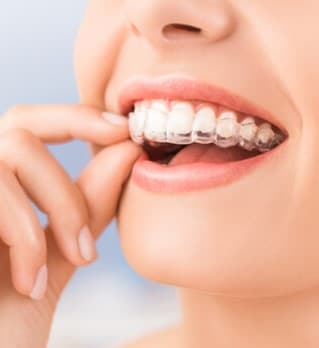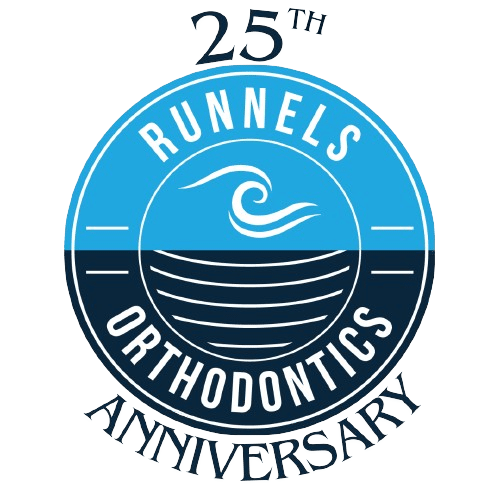The Carriere Distalizer is an orthodontic device designed to correct a bite. Its effects are akin to those of orthodontic headgear, and it pushes teeth back into their correct place.
It is used when teeth have erupted the wrong way. It is most commonly used to correct overbites, but can be used to correct underbites. The orthodontist installs the Carriere Distalizer before the patient gets braces.
The Carriere Distalizer is a curved metal bar that is attached to the teeth. One end is bonded to the canine, while the other is bonded to a molar. The orthodontist will use elastics to produce a force strong enough to move the teeth.
When the Distalizer has corrected the patient’s bite, the orthodontist will remove it. Most patients may need to wear the Carriere Distalizer for three to five months.
After removing the Distalizer, the orthodontist will place the aligners or braces the patient still needs.
What Kind of Problems Can an Overbite Cause?
In most cases, an overbite just causes aesthetic problems. A severe overbite, however, can cause jaw pain and increased wear on the tooth enamel. The latter, in turn, increases the chances of tooth decay and gum disease.
More rarely, overbites can cause speech impediments.
What Kind of Problems Can an Underbite Cause?
Underbites can cause problems with chewing, speaking, and swallowing. They can also cause increased wear on the tooth enamel which can lead to tooth decay and gum disease. An underbite can cause Temporomandibular Joint (TMJ) Syndrome, which causes chronic pain in the jaws.
How is the Carriere Distalizer Installed?
The orthodontist starts by creating an anchor point, usually with mini-screws, a lower Essix appliance, a full mandibular fixed appliance or a passive lingual arch. He will then attach a Carriere Distalizer arm to the upper teeth on both sides of the patient’s mouth.
Afterward, he attaches an elastic band from the upper bar to the lower back molars.
The Carriere Distalizer is not removable like a retainer. The patient will, therefore, have to be careful about the foods he eats, just as if he were wearing braces.
What Kinds of Food Should be Avoided?
The patient should avoid hard or sticky food that might damage the appliance. That includes hard candy, gum, and sticky candy like caramel. Popcorn should be avoided as the kernels can get stuck in the appliance. Corn should not be eaten while on the cob. Food like apples needs to cut up into thin slices.
For more information, contact Runnels Orthodontics today.


